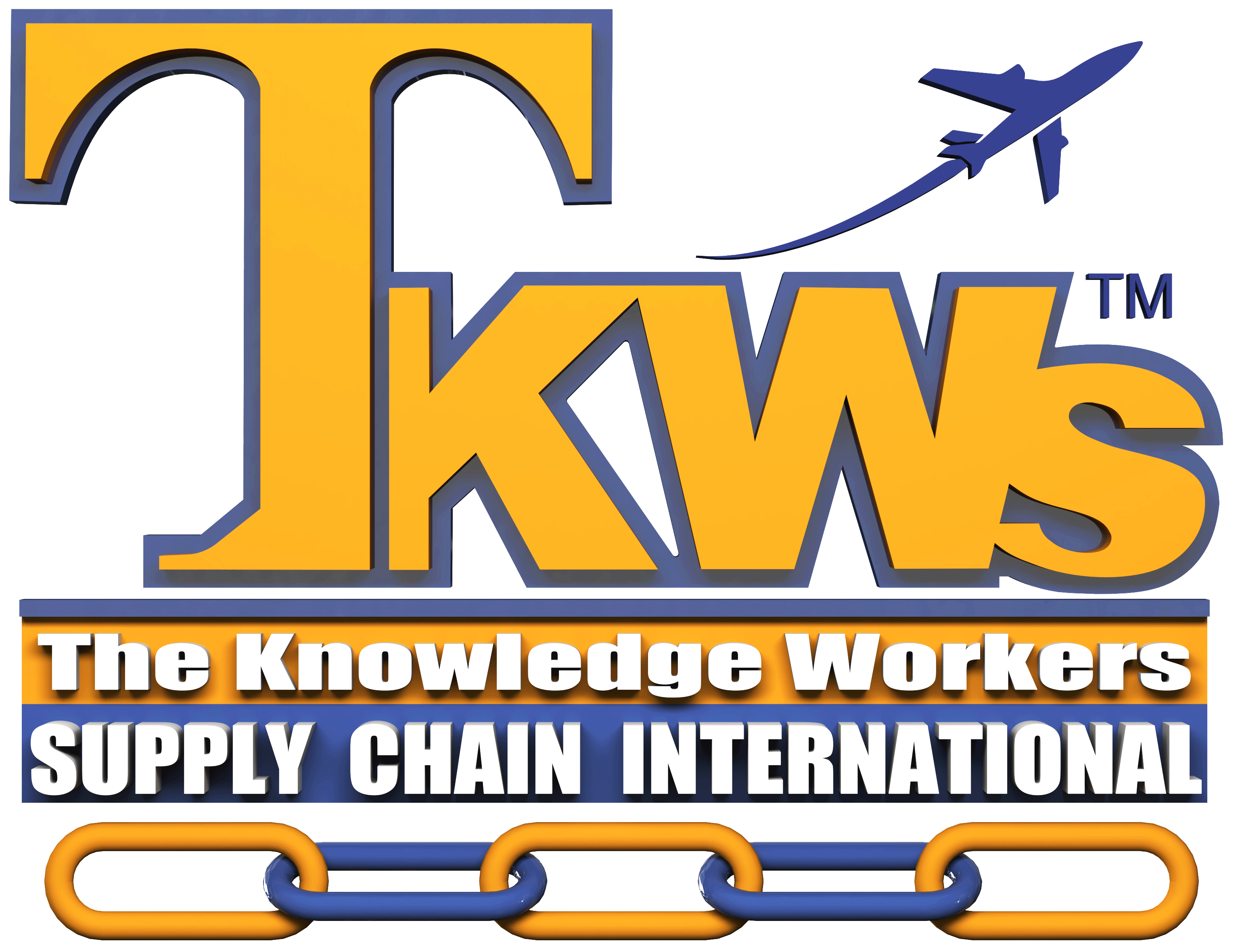Increasing Supply Chain Effectiveness: Examining Primary Modes of Transportation for Smooth Freight Transportation
The first step in the logistics process, primary transportation, involves moving commodities from their origin to distribution centers or transportation hubs. It acts as the vital link that creates the conditions for the timely and effective delivery of commodities to their intended location. Companies looking to optimize their processes and successfully satisfy client needs must understand the significance of primary transportation and its function in supply chain management.
Primary transportation modes include road transport, utilizing trucks and trailers for flexibility, and air transport, utilizing airplanes for urgent or time-sensitive shipments like electronics, pharmaceuticals, and fresh produce.

Factors Influencing Primary Transportation
- The distance to be covered and the location of the destination dictate the choice of transportation mode.
- Transportation costs, including fuel, maintenance, and handling fees, play a significant role in selecting the primary transportation mode.
- The urgency of delivery dictates the choice of transportation mode, with air transport offering the fastest transit times but at a higher cost.
- The type of goods being transported, including size, weight, and perishability, influences the choice of transportation mode.
- Efficiency and cost depend on cargo volume and transportation capacity. Bulk cargo favours rail or maritime transport for cost-effectiveness
- Transportation mode choice is influenced by infrastructure availability, quality, and accessibility to hubs and distribution center
Importance of Efficient Primary Transportation

Timely Delivery
Efficient primary transportation ensures that goods reach their destination on time, meeting customer expectations and preventing delays in the supply chain.

Cost Optimization
By selecting the most cost-effective transportation mode, businesses can minimize transportation expenses and improve profitability.

Inventory Management
Efficient transportation reduces transit times, allowing businesses to manage inventory levels more effectively and avoid stockouts or overstocking.

Customer Satisfaction
Timely delivery of goods enhances customer satisfaction and loyalty, leading to a positive brand reputation and repeat business.
Frequently Asked Questions
- Primary transportation refers to the initial stage of moving goods from their origin to distribution centers or transportation hubs within the supply chain.
- The primary modes of transportation include road transport (trucks), rail transport (trains), air transport (airplanes), and maritime transport (ships and vessels).
- Efficient primary transportation ensures the timely delivery of goods, minimizes transportation costs, enhances inventory management, and improves overall supply chain efficiency.
- Factors influencing primary transportation mode choice: distance, cost, speed, nature of goods, volume, infrastructure, and regulations.
- Optimize primary transportation: choose cost-effective modes, use tech for routes, manage inventory efficiently, and ensure compliance with regulations.
Key Benefits
Efficient primary transportation is essential for ensuring smooth supply chain operations and meeting customer expectations. Timely and reliable delivery of goods from their point of origin to distribution centers or transportation hubs minimizes delays, reduces inventory holding costs, and enhances overall supply chain efficiency.

Modes of Transportation-
Key modes include road transport (trucks), air transport (airplanes), and maritime transport (ships and vessels), each offering unique advantages suited to different types of cargo and delivery requir...

Efficiency and Timeliness
Efficient primary transportation ensures timely delivery of goods, meeting customer expectations, minimizing delays, and preventing disruptions in the supply chain.

Inventory Management
Efficient transportation reduces transit times, enabling businesses to manage inventory levels effectively, avoid stockouts or overstocking, and optimize warehouse space utilization.

Customer Satisfaction
Timely delivery of goods enhances customer satisfaction, leading to positive brand reputation, repeat business, and customer loyalty, driving long-term success and growth.

Supply Chain Efficiency
Efficient primary transportation improves supply chain flow, reduces bottlenecks, enhances efficiency, and enables agility in responding to market demands.

Regulatory Compliance
Compliance with regulations ensures legal adherence, avoids penalties, and upholds the reputation of primary transportation operations.
